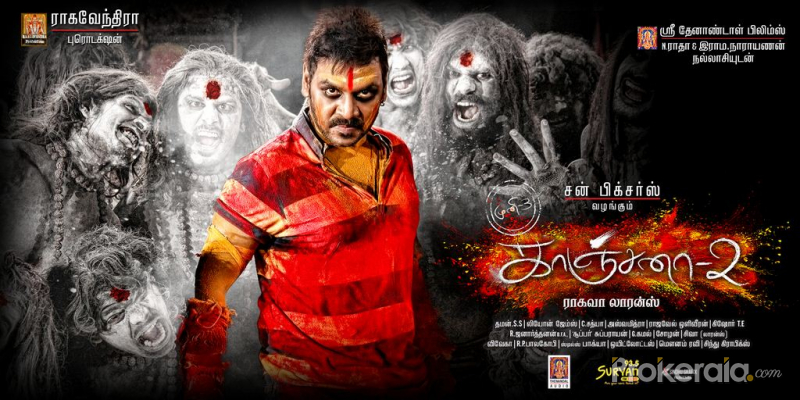
Yakshagana continues to be a popular art form in Dakshina Kannada, Udupi, Uttara Kannada, Chikkamagaluru and parts of Shivamogga district of the state and Kasaragod in Kerala.Īround 40 Yakshagana Melas are being held this season also. The traditional elements of Yakshagana, if lost, will be a 'permanent cultural loss', the scholar pointed out. The performing troupes should think seriously on maintaining quality in performance and not push Yakshagana into deformity, he asserted during the event. Tulu language and culture should be given due credit to the growth of Yakshagana. A matured theatre does not accept 'loud noise' and bright lighting system used during Yakshagana performances of late, which is not good for performers and the audience, Joshi added. On reconstructing Yakshagana in its entirety, he said the dance-drama art form should move from 'noise culture' towards 'voice culture'. Joshi, a Yakshagana scholar, said at the event that the government should pursue attempts to get UNESCO intangible cultural heritage recognition for the art form, and demanded that a task force be constituted to find a space for performances at national and international level cultural platforms. (Also read: Famous traditional dance forms of India you should know about )

The idea was to create a space for the art form in the entire state and spread the message of Yakshagana across the globe, with efforts made by the state department of Kannada and Culture and Sammelana president M Prabhakara Joshi.

The two-day Sammelana held in Udupi on February 12 and 13 which had exhibitions, seminars and shows related to the traditional art form was successful in its intent.

The recent state-level Yakshagana Sammelana established the fact that the rich folk art is thriving in coastal Karnataka and charting a new course for its future with more participation of women performers apart from reaching out to new audiences.



 0 kommentar(er)
0 kommentar(er)
